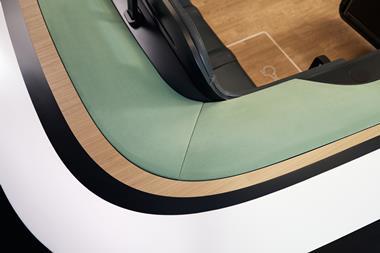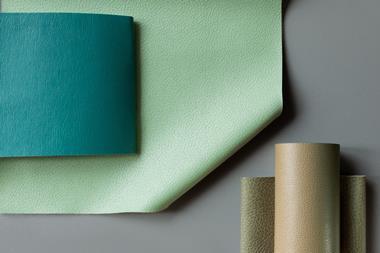If you’re at all involved with materials like leather and synthetics, Stahl’s Automotive Centre of Excellence really should be on your itinerary. Part of the company’s headquarters at Waalwijk in the Netherlands, the Centre is a highly advanced facility which allows the company and its customers to try out new ideas without interrupting large-scale production.
The centre was enlarged in September 2015 and is one of several similar facilities in Europe, North America and Asia. It fulfils a bundle of different functions, acting as a workshop, prototype factory, testing laboratory and educational establishment.
Stahl formulates a vast range of chemical coatings applied to leather, synthetics and other surfaces to enhance their physical qualities. Treatments can, for example, dramatically improve the scratch resistance and durability of plastics, make leather more resistant to dirt, stains and microbes, reduce the release of volatile organic compounds (VOCs) into the cabin, or silence annoying squeaks and rattles.
These advances help designers to create more appealing interiors while balancing vital issues such as cost, durability, visual and tactile appeal and environmental responsibility.
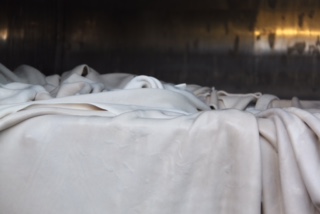
Meanwhile, at the Automotive Centre of Excellence, a raw, freshly cleaned calfskin emerges pale and glistening from the giant drum of an industrial washing machine. It has completed the first step on its journey – from by-product of the meat industry to soft and durable luxury leather. The hide is being processed at the centre, where all the various stages of a modern tannery have been replicated in miniature, allowing small batches of leather to be created from scratch.
Stahl isn’t going into the tanning business – it’s a supplier of chemicals, treatments and expertise within that industry – but the facility allows the company and its customers to try out new ideas without interrupting large-scale production.
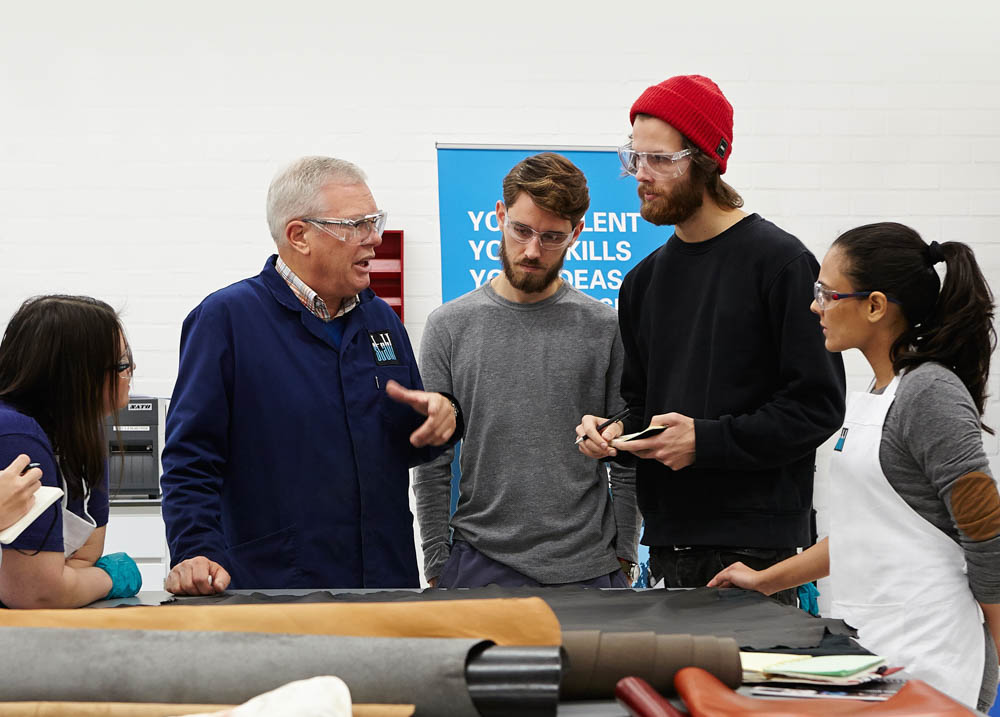
Under the Stahl Campus® programme, customers and partners can visit the centre to gain a hands-on understanding of the company’s work across key areas such as leather and synthetic materials for automotive interiors, as well as the rubber-like elastomers used to seal and soundproof cabins.
While the majority of visitors are engineers and technicians, Stahl also regularly hosts professional designers, colour & trim experts and design students, all of whom can expand their knowledge of the latest materials and explore the potential for future innovation.
“It’s good to speak to us to learn what’s possible,” explains Alexander Schieke, Global Marketing Manager for Stahl’s Performance Coatings division. “We can show what’s available off-the-shelf, explain our future products and discuss what kind of projects we could tackle. It’s also inspiring for us to learn about visions of the future from design studios and students who are thinking about completely different ideas, not just what kinds of material are available today.”

The company is also working to make desirable material qualities last longer. “There’s a lot of focus now not simply on JD Power, or the initial perceived quality, but on what we can do over a 10-year period,” says Mel Micham, Stahl’s Global Automotive Product Manager for elastomer and adhesive coatings. “For example, if you have a pale leather that resists staining and you clean it, is it still stain resistant? Over time that was extremely challenging but we’ve learned so much about what’s actually happening at the molecular level that we’ve got to the point where we’re really close to maintaining that initial performance for 10 years.”
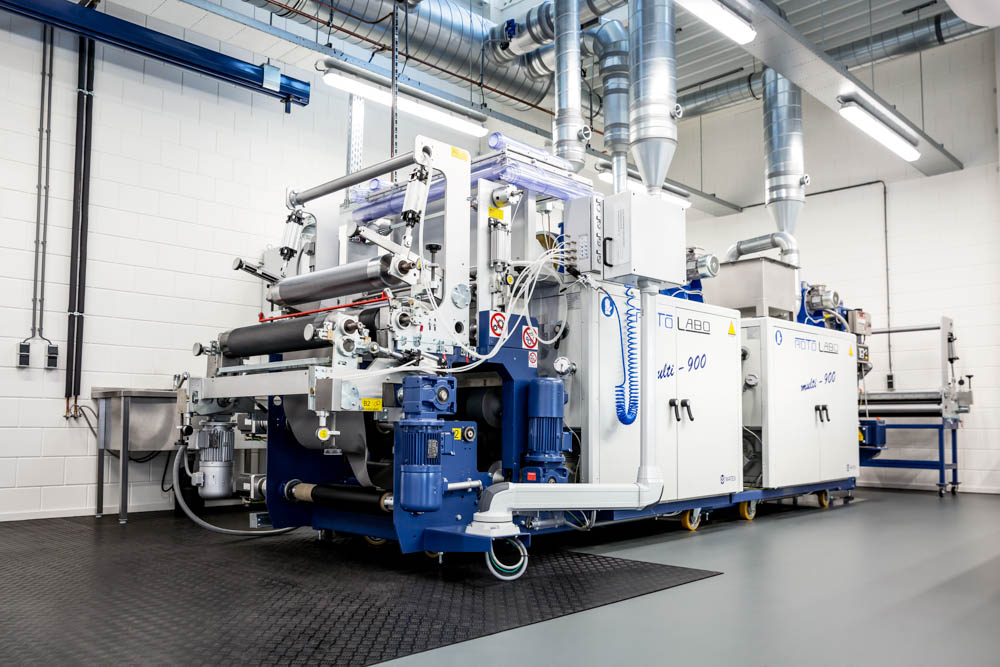
Banks of machines at the Centre of Excellence put those aims to the test, applying standard US, European or customer-specific test regimes. Strips of leather or synthetic material are flexed, twisted, stretched or stressed over hundreds of thousands of cycles to simulate years of wear and tear. Stitched seams are scientifically pulled apart, while climate chambers recreate hot, cold, dry or damp conditions, cycling from one extreme to another to measure how much abuse a protective coating can withstand.
“One month in this chamber is about the same as one year outside,” explains Peter van Dijk, a Senior Application Specialist and Stahl Campus® trainer in Stahl’s Performance Coatings division, outlining a machine that exposes trim materials to simulated sunlight. Samples can undergo testing for up to 5,000 hours, meaning it can take about seven months to complete a full exposure.
“It is possible to get quicker results, but they’re not so reliable as a guide to real life,” van Dijk adds. “Our customers know that if material can withstand 5,000 hours in this machine, they will not get any problems in real life for a very long time.”
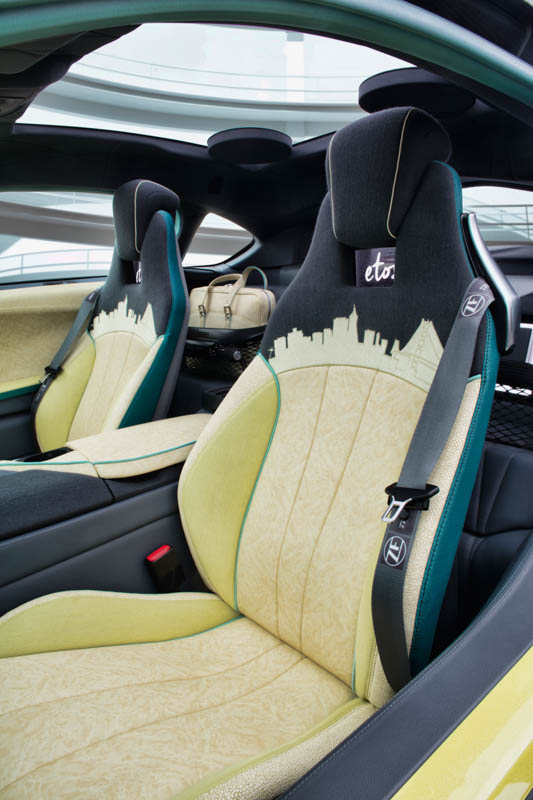
As well as enabling the rising trend towards paler cabin finishes, Stahl is working to meet demand for environmentally responsible materials and high-quality alternatives for interiors using synthetic materials. To fully respect these emerging demands, it’s not just the basic material (or substrate) that must be sustainable. Processing chemicals and coatings ought to meet the same enviromental and ethical standards too.
“If your basic substrate is leather, then it’s not vegan by definition,” notes van Dijk. “And if you’re working in the plastic side, most are based on crude oil. But there are some options based on rapeseed oil, or pineapple waste from the fruit industry. We like to work on these ideas. We believe this is the future and we are investing a lot of time on sustainable solutions in terms of recycling and biodegradable materials.”
Decorative finishes are another area of growing interest, particular through the use of water-based inks to create intricately patterned surfaces.
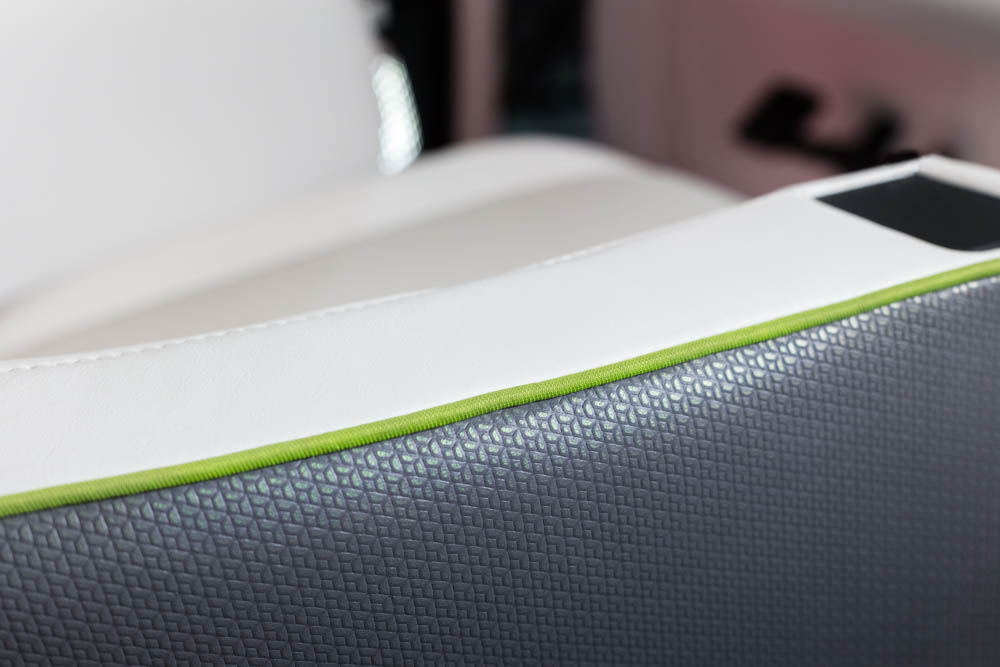
“Many companies are investigating printing,” says Schieke. “We can supply a primer to make sure the substrate is well prepared, that the ink can go on and stick to the primer and also after you print to add a protective coating on the surface.” He adds that the primer and top coat need to be carefully formulated to achieve a satisfactory, long-lasting result: “Come to us and we’ll find out what substrate you have, what kind of printing inks you’re using, and then we’ll make the perfect primer and protective shield.”
Dialogue can also help the elimination of squeaks and rattles, notes Micham. “One customer had a noise problem with doors, which we were able to resolve with a coating on the seals. A year later the noise problems resurfaced. We asked what had changed, but the OEM said, ‘nope, nothing’s changed’. We went in and looked closely and found that the clear coat on the paint had been made softer, to resist stone chips. That change in hardness changed the resonant frequency of the door. We were able to sit down and say, ‘if you’d told us about this change before you made it, we could have said what you needed to do to make sure this issue didn’t arise’.”
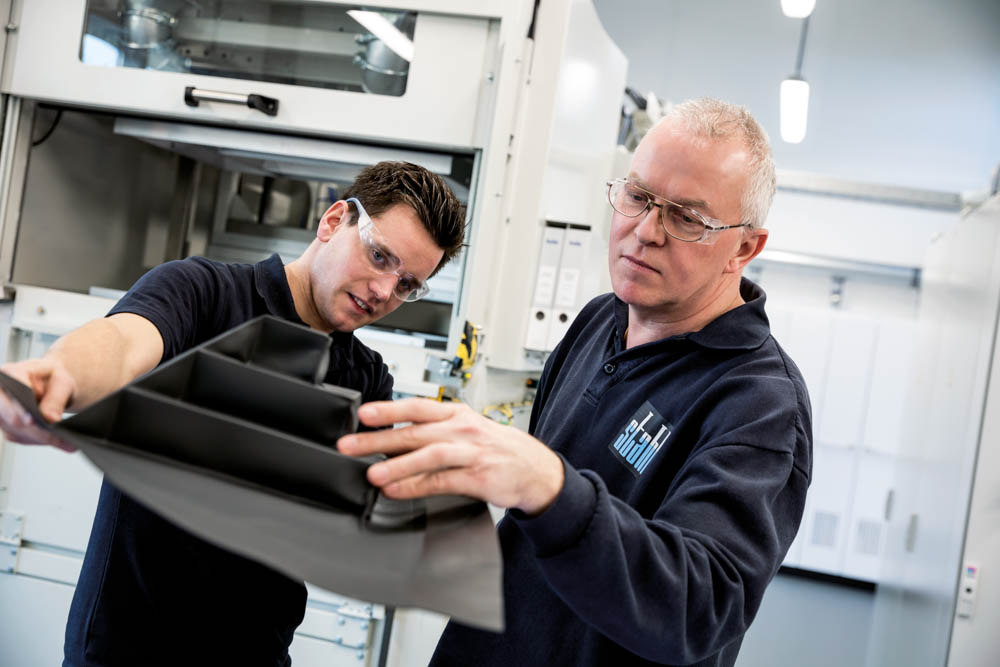
To better facilitate these conversations, 600 members of Stahl’s staff are employed as ‘Golden Hands’ – experts working in the field directly with clients, offering on-the-spot technical advice and support. Overall, the company has a presence in 24 different countries and supports customers in more than 100 nations.
Stahl assists many of the world’s OEMs both directly and indirectly, and has partnered with Swiss company Rinspeed to showcase its capabilities through concept cars. The Oasis concept revealed at CES electronics show in January 2017 made extensive use of white, pale grey and sparkle-finish leather, a special crystal finish effect, sustainably tanned and then protected with Stahl’s Stay Clean coatings. A year earlier, the Rinspeed ∑tos concept showcased innovative glow-in-the-dark coatings as well as perfectly matched seats, trims and weather strips.
“It wasn’t that long ago you could get into a vehicle and see nice surfaces but the reality was they were all different,” notes Micham. “A lot of time is spent now in what we call haptic harmony, so not only are all the colours the same and the surface treatments and graining similar, but they feel consistent too. For example, people don’t want a stain-resistant surface to feel waxy rather than soft and velvety. The ability to take all sorts of different materials – vinyl, leather, thermoplastics and elastomers – and to make them all feel similar is something that’s unique to Stahl.”
Do you want to know more about Stahl's more sustainable solutions for car interior? Visit the website or contact Stefan Buri, Global Marketing Director Automotive, at stefan.buri@stahl.com.































